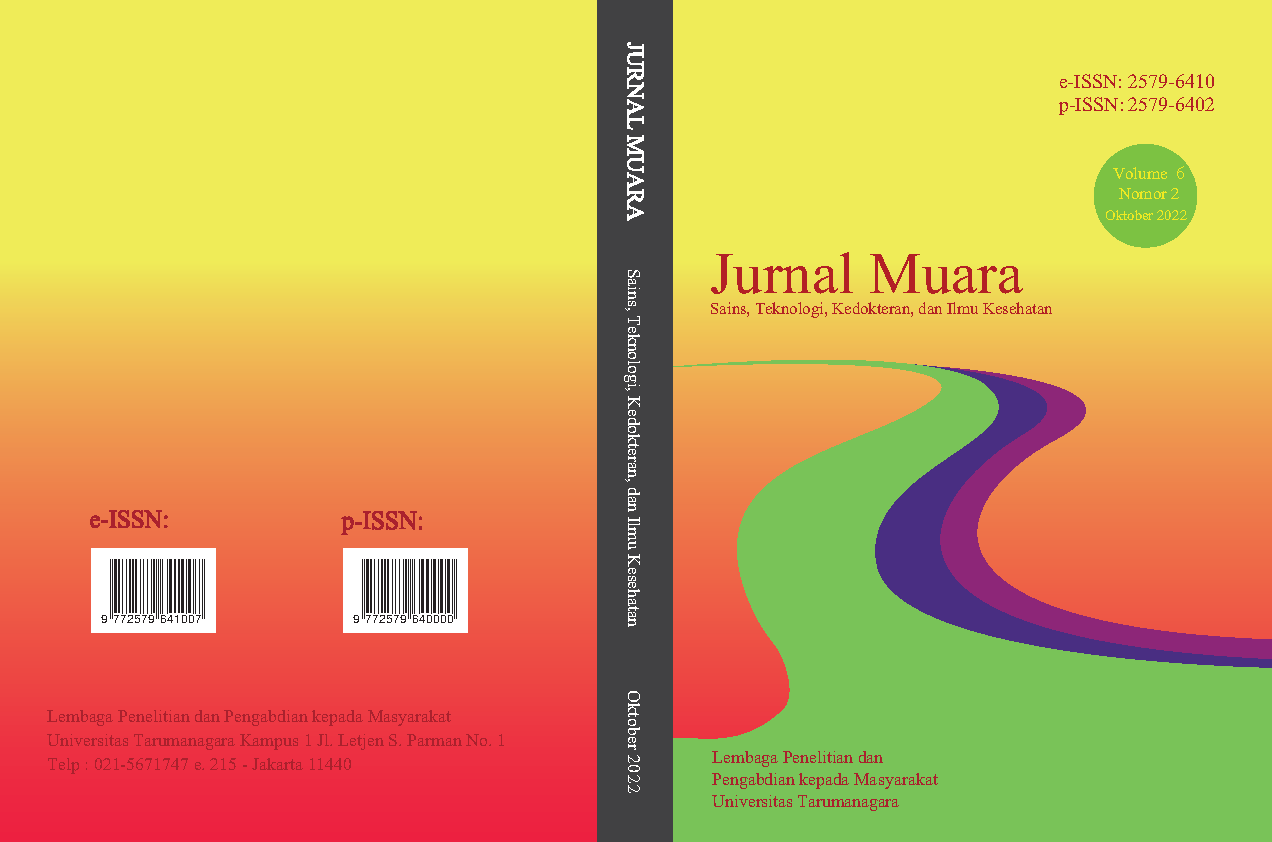PENJADWALAN PROYEK PERUMAHAN X BINTARO DENGAN METODE LINE OF BALANCE YANG DISEMPURNAKAN
Main Article Content
Abstract
In a project with repetitive activities, traditional scheduling methods like barchart are considered less effective to be used. So it would be better if using a special scheduling method . The commonly used method is line of balance and flowline. In its application, the two methods have several obstacles, both from a technical and visual perspective. Technically, the line of balance method will arrange workers with shifted time that is not effective. Visually, the flowline method cannot directly inform the duration of a project. This research will be using line of balance scheduling method and an enchanced line of balance scheduling method, which is improved both from a technical and visual perspective. Technically, the preparation is done using 3 steps; (1) Line of Balance (LOB) formulation, (2) interruption calculation, and (3) First-Come First Serve (FCFS. While visually, duration-distance chart (DD-Chart) is used to combine the advantages of the two existing methods, which is line of balance and flowline. This study uses housing project X in Bintaro to be the object of research with a total of 6 housing units. Based on the result of the research, the duration of the project with line of balance method is 353 days, and 336 days with enhanced repetitive scheduling method. The reduction of the project duration keeps using the same amount of man-days.
Keywords: LOB; scheduling; FCFS; DD-Chart; repetitive scheduling
Abstrak
Pada suatu proyek dengan pekerjaan berulang (repetitive), penjadwalan dengan metode biasa seperti barchart tidak efektif untuk digunakan. Sehingga lebih baik digunakan suatu metode penjadwalan yang khusus. Metode yang digunakan biasanya adalah metode line of balance dan flowline. Pada penerapannya, kedua metode tersebut terdapat beberapa kendala baik dari segi teknis maupun visual. Dari segi teknis, metode line of balance akan menyusun pekerja dengan adanya waktu geser yang tidak efektif. Sedangkan dari segi visual, metode flowline tidak dapat secara langsung menginformasikan durasi dari suatu proyek. Pada penelitian ini, akan dikaji suatu metode penjadwalan dengan metode line of balance dan metode line of balance yang disempurnakan baik dari segi teknis dan visual. Secara teknis, penyusunan dilakukan dengan menggunakan 3 langkah; (1) Formulasi Line of Balance (LOB), (2) Perhitungan interupsi, dan (3) First-Come First-Serve (FCFS). Sedangkan secara visual, digunakan grafik duration-distance chart (DD-Chart) untuk mengkombinasikan keunggulan dari dua metode yang sudah ada, yaitu line of balance dan flowline. Penelitian ini menggunakan proyek perumahan X di Bintaro untuk dijadikan obyek penelitian dengan jumlah unit sebanyak 6 unit rumah. Berdasarkan hasil penelitian, diperoleh durasi penjadwalan sebesar 353 hari dengan metode line of balance, serta 336 hari dengan metode line of balance yang disempurnakan. Pengurangan durasi tersebut tetap menggunakan jumlah orang-hari yang sama.
Article Details

This work is licensed under a Creative Commons Attribution-NonCommercial-ShareAlike 4.0 International License.
This work is licensed under a Jurnal Muara Sains, Teknologi, Kedokteran dan Ilmu Kesehatan Creative Commons Attribution-ShareAlike 4.0 International License.
Authors transfer copyright or assign exclusive rights to the publisher (including commercial rights)
References
Ammar, M. A. (2013). LOB and CPM Integrated Method for Scheduling Repetitive Projects. Journal of Construction Engineering and Management, 139 (1): 44-50.
Bibu, G. D., & Nwankwo, G. C. (2019). Comparative Analysis Between First-Come-First-Serve (FCFS) And Shortest-Job-First (SJF) Scheduling Algorithms. International Journal of Computer Science and Mobile Computing , 8 (5): 176-181.
Christiawan, K. N., & Gondokusumo, O. (2020). The Implementation of Non-Unit-Based Scheduling Method in a Housing Project. IOP Conference Series: Materials Science and Engineering, 1007 012070.
Hegazy, T., Saad, D. A., & Mostafa, K. (2020). Enhanced Repetitive-Scheduling Computation and Visualization. Journal of Construction Engineering and Management, 146 (10): 04020118.
Ioannou, P. G., & Yang, I.-T. (2016). Repetitive Scheduling Method: Requirements, Modeling, and Implementation. Journal of Construction Engineering and Management, 142 (5): 04016002.
Long, L. D., & Ohsato, A. (2009). A Genetic Algorithm-Based Method for Scheduling Repetitive Construction Projects. Automation in Construction, 18 (4): 499-511.
Tang, Y., Sun, Q., Liu, R., & Wang, F. (2018). Resource Leveling Based on Line of Balance and Constraint Programming. Computer-Aided Civil and Infrastructure Engineering, 33 (10): 864-884.



